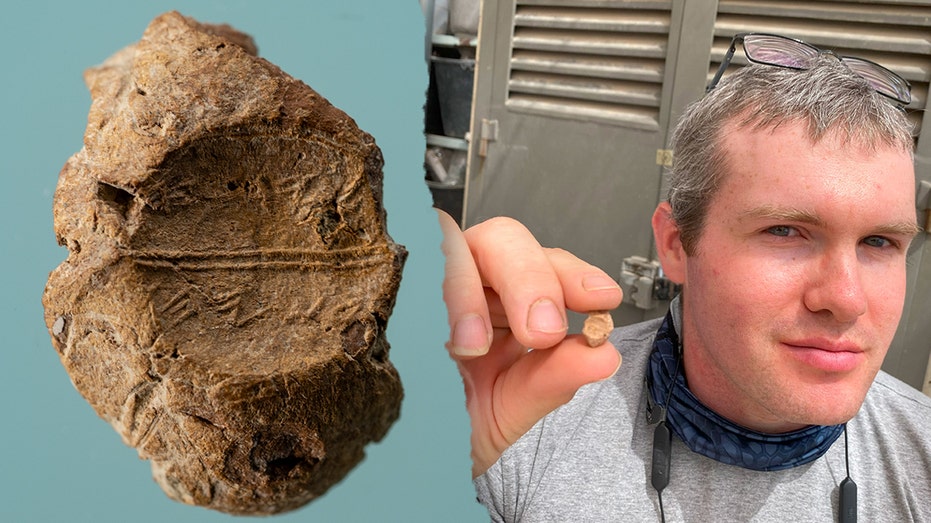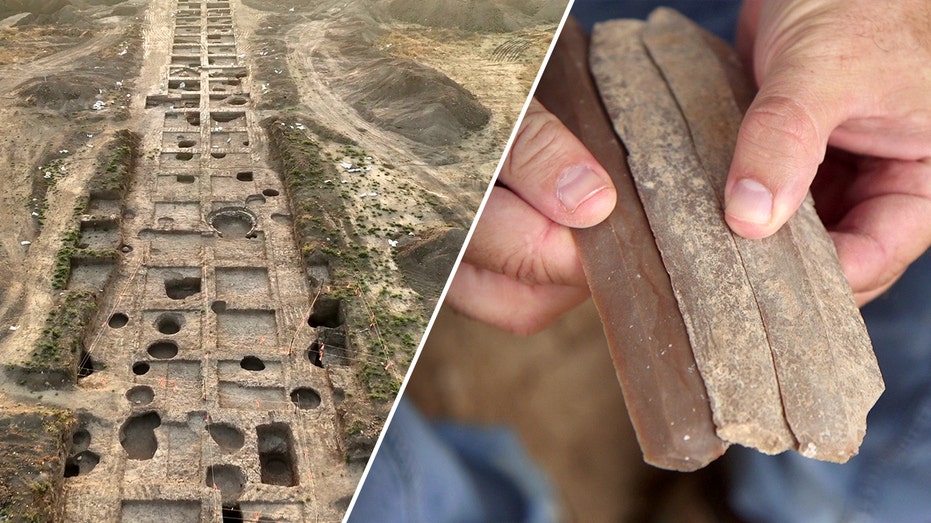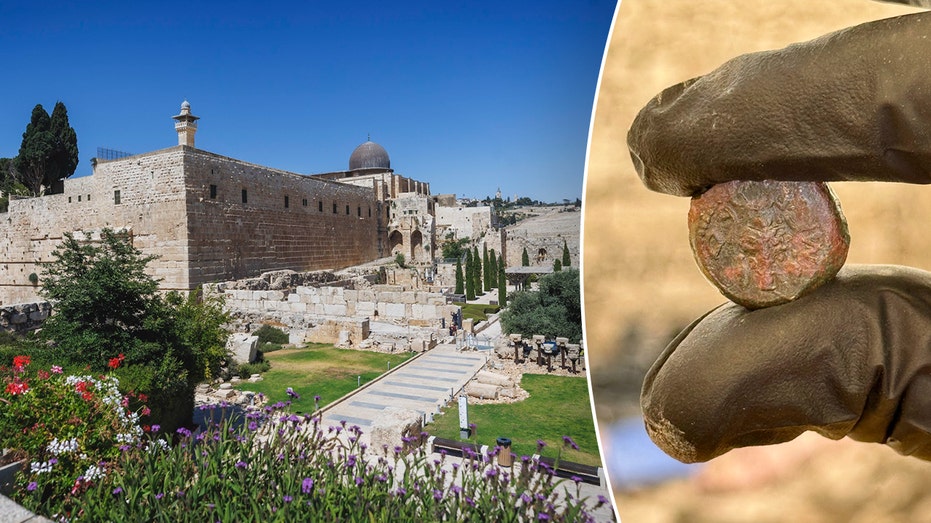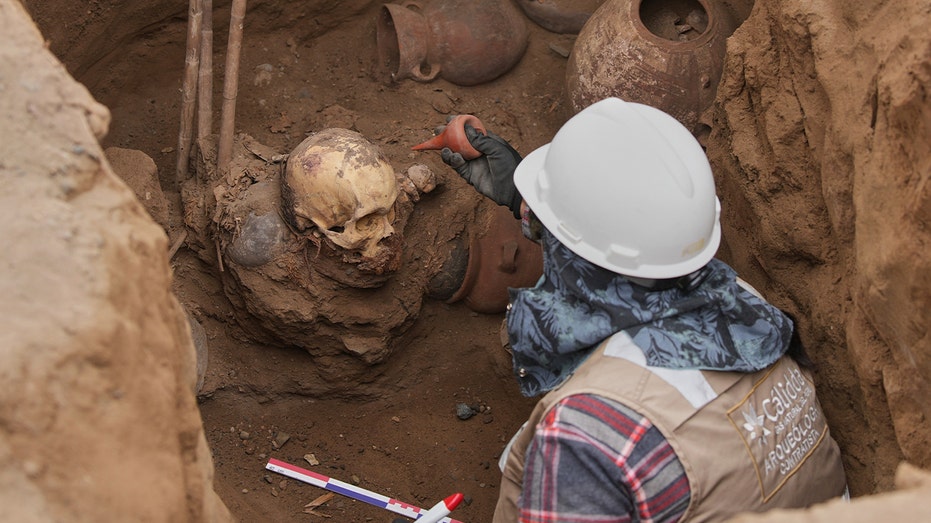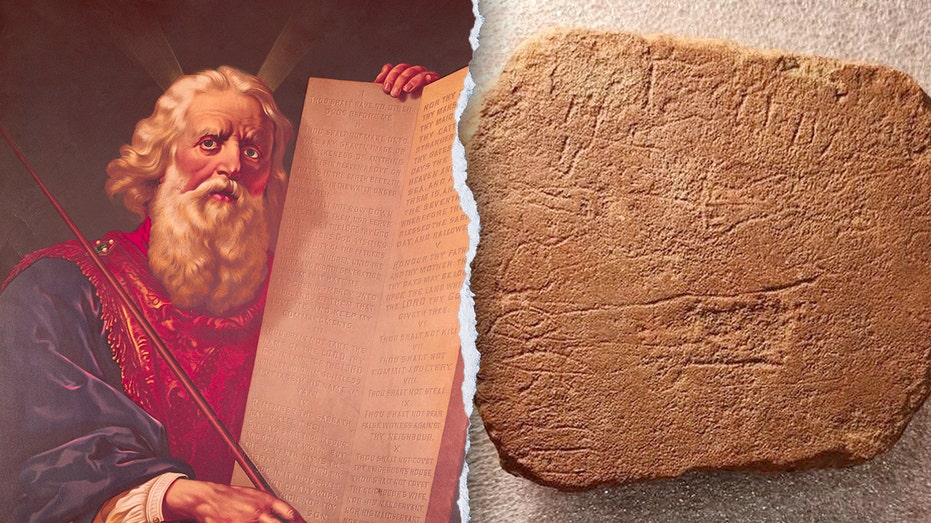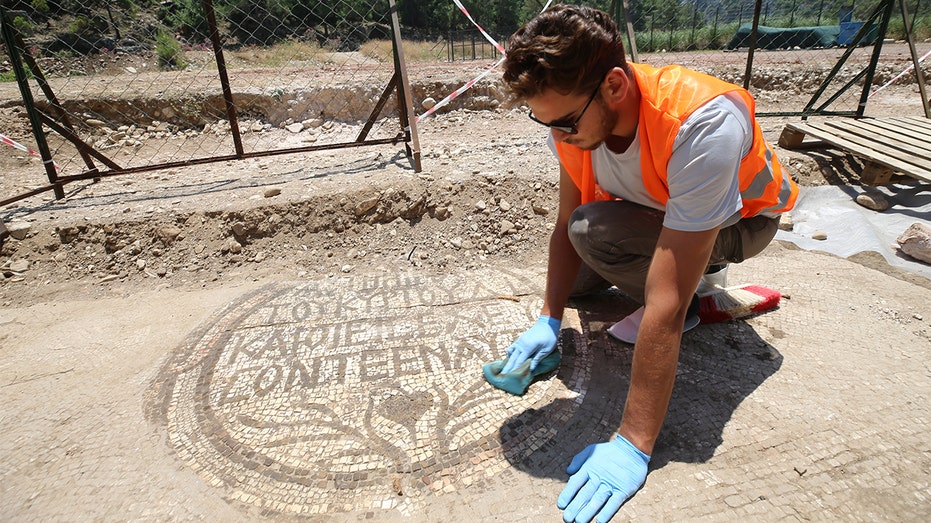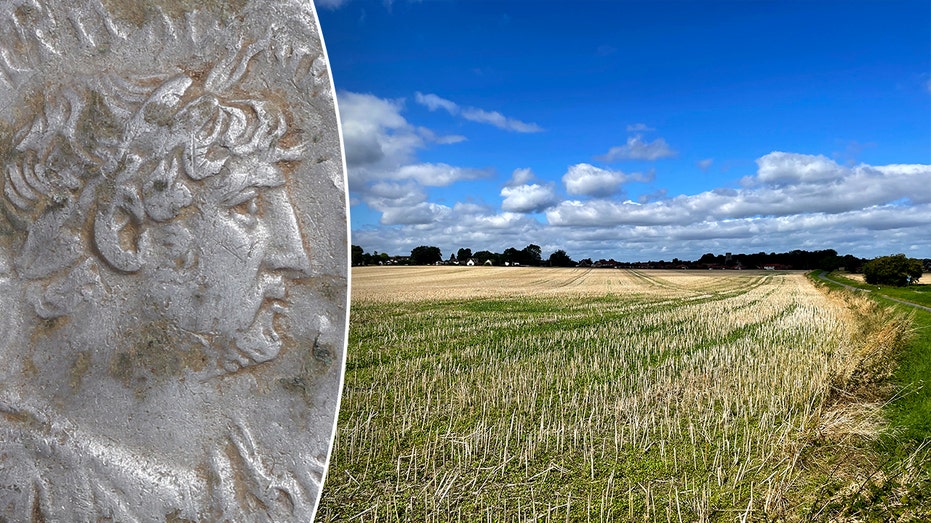Analyzing the Temple Mount Seal Discovery: History, Politics, and Archaeology Intertwined

Sarah Johnson
August 10, 2025
Brief
Analysis of rare biblical seal discovery near Jerusalem's Temple Mount, exploring historical context, expert perspectives, and the complexities of archaeology in contested zones.
A Fingerprint from the Past: Unearthing History and Controversy at Jerusalem's Temple Mount
Opening Analysis: The discovery of a rare clay seal with a fingerprint near Jerusalem's Temple Mount offers not just a tangible link to biblical times, but also underscores the ongoing tensions surrounding archaeological endeavors in this historically sensitive area. This artifact invites us to consider the intertwined narratives of history, religion, and politics in the region.
The Bigger Picture: The Temple Mount, revered by Jews, Christians, and Muslims, has been a focal point of religious and political conflict for centuries. The 'Temple Mount Sifting Project' emerged in response to controversial actions in 1999, when the Islamic Waqf conducted unsupervised construction, leading to the removal of archaeologically rich soil. Understanding this background is crucial. The Waqf's actions sparked outrage among archaeologists who feared the loss of invaluable historical data, leading to the establishment of the project to salvage what could be found. This incident highlights the complex challenges of balancing religious sensitivities with the imperative to preserve and study historical artifacts.
The historical context extends beyond just the immediate events leading to the Sifting Project. The Temple Mount itself has layered histories, from the First and Second Temples of Judaism to the Dome of the Rock and Al-Aqsa Mosque in Islam. Each layer represents a significant period and a claim to the land, making any archaeological activity inherently political.
What This Really Means: The seal, dating back to the 7th or 6th century B.C., provides potential evidence of the administrative structure during the reign of King Josiah. The fact that the seal belonged to a high-ranking official or his son suggests a complex bureaucratic system was in place. Moreover, the fingerprint on the seal connects us to a specific person from that era, creating an intimate link to the past. The artifact's discovery during a Jewish fast day commemorating the breach of Jerusalem's walls before the destruction of the Temples adds another layer of meaning.
Furthermore, the discovery raises questions about the preservation and handling of historical artifacts in contested zones. The circumstances under which the soil was removed from the Temple Mount underscore the vulnerability of archaeological sites to political and religious agendas. This incident serves as a reminder of the need for international cooperation and oversight in protecting cultural heritage in conflict zones.
Expert Perspectives: According to Dr. Yuval Baruch, an expert in ancient Jewish history, "Seals like this are invaluable because they provide direct evidence of individuals who lived and worked in Jerusalem during the First Temple period. They help us reconstruct the administrative and social hierarchies of the time." Dr. Kathleen Kenyon, a renowned archaeologist who excavated extensively in Jerusalem, stated before her death, "Every artifact, no matter how small, adds to our understanding of the city's complex history; the circumstances of its discovery are as important as the object itself."
Professor Israel Finkelstein from Tel Aviv University, while not directly involved in the Temple Mount Sifting Project, has commented on the challenges of interpreting archaeological finds in the context of biblical narratives. His research often emphasizes the importance of rigorous scientific methodology and cross-referencing with other historical sources to avoid biased interpretations.
Data & Evidence: During King Josiah's reign, Judah experienced a period of religious reform, as described in the Bible. Archaeological evidence, beyond just this seal, has supported aspects of this narrative. Seals from this period often bear names associated with royal officials, suggesting a centralized authority. Statistics on the discoveries from the Temple Mount Sifting Project have shown a significant number of artifacts from the First Temple period, reinforcing the area's importance in Jewish history. For example, over 5,000 coins have been recovered, along with hundreds of seals and seal impressions, offering a rich dataset for researchers.
Looking Ahead: The discovery of this seal will likely fuel further debate about archaeological practices on the Temple Mount. It could also spur increased interest in funding similar projects aimed at recovering and studying artifacts from the region. The political implications should not be ignored; hardliners may exploit the discovery to bolster territorial claims and promote specific religious narratives. The scientific community must remain vigilant in maintaining objectivity and ensuring that the findings are interpreted in a balanced and evidence-based manner.
Future archaeological work on the Temple Mount will need to navigate complex legal and political constraints. The development of non-invasive techniques, such as remote sensing and ground-penetrating radar, may offer alternatives to traditional excavation, reducing the risk of further conflict. Collaborative projects involving international teams of archaeologists could also help mitigate political sensitivities and ensure a more balanced approach to research.
The Bottom Line: The clay seal with a fingerprint is more than just an artifact; it is a visceral connection to a key historical period and symbolizes the broader challenges of archaeological work in politically charged environments. Its discovery highlights both the potential for uncovering invaluable historical information and the ongoing need for careful, ethical, and collaborative practices in the field.
FAQ Section
- Question: Why is the Temple Mount such a sensitive archaeological site?
- Answer: The Temple Mount is sacred to Judaism, Christianity, and Islam, and any archaeological activity can be seen as an attempt to undermine religious claims or alter the status quo. The competing narratives and historical layers beneath the surface make it a constant source of tension.
- Question: What are the main criticisms against the Temple Mount Sifting Project?
- Answer: Critics argue that the project is primarily politically motivated and that the focus on finding Jewish artifacts could lead to biased interpretations of the site's history. There are also concerns about the lack of transparency and scientific rigor in some aspects of the project's methodology.
key Insights
- The seal's discovery highlights the importance of salvaging historical artifacts from the Temple Mount area.
- Archaeological finds in contested zones are often intertwined with political and religious agendas.
- The artifact provides a tangible connection to the administrative and social structures of ancient Jerusalem.
- The future of archaeological research at the Temple Mount depends on navigating complex legal and political constraints.
Topics
Editor's Comments
The Temple Mount continues to be one of the most politically and religiously charged pieces of real estate on the planet. Even seemingly innocuous discoveries like this seal become fodder for wider debates about sovereignty, historical narrative, and the rights of different religious groups. It's crucial to remember that archaeology, while a scientific discipline, is never truly apolitical in this context. The questions about who gets to dig, what they're looking for, and how they interpret their findings are all subject to intense scrutiny and debate, making this a truly delicate area of study.
Like this article? Share it with your friends!
If you find this article interesting, feel free to share it with your friends!
Thank you for your support! Sharing is the greatest encouragement for us.
